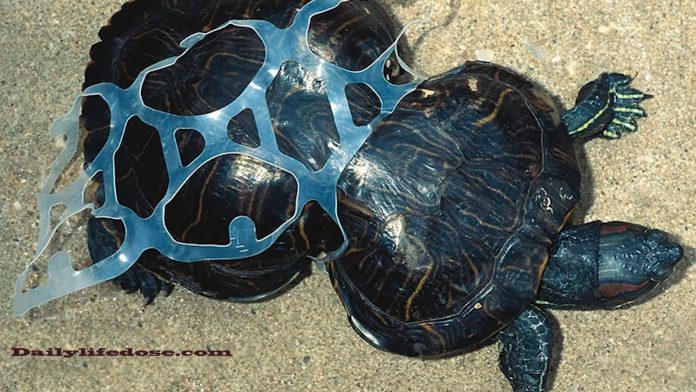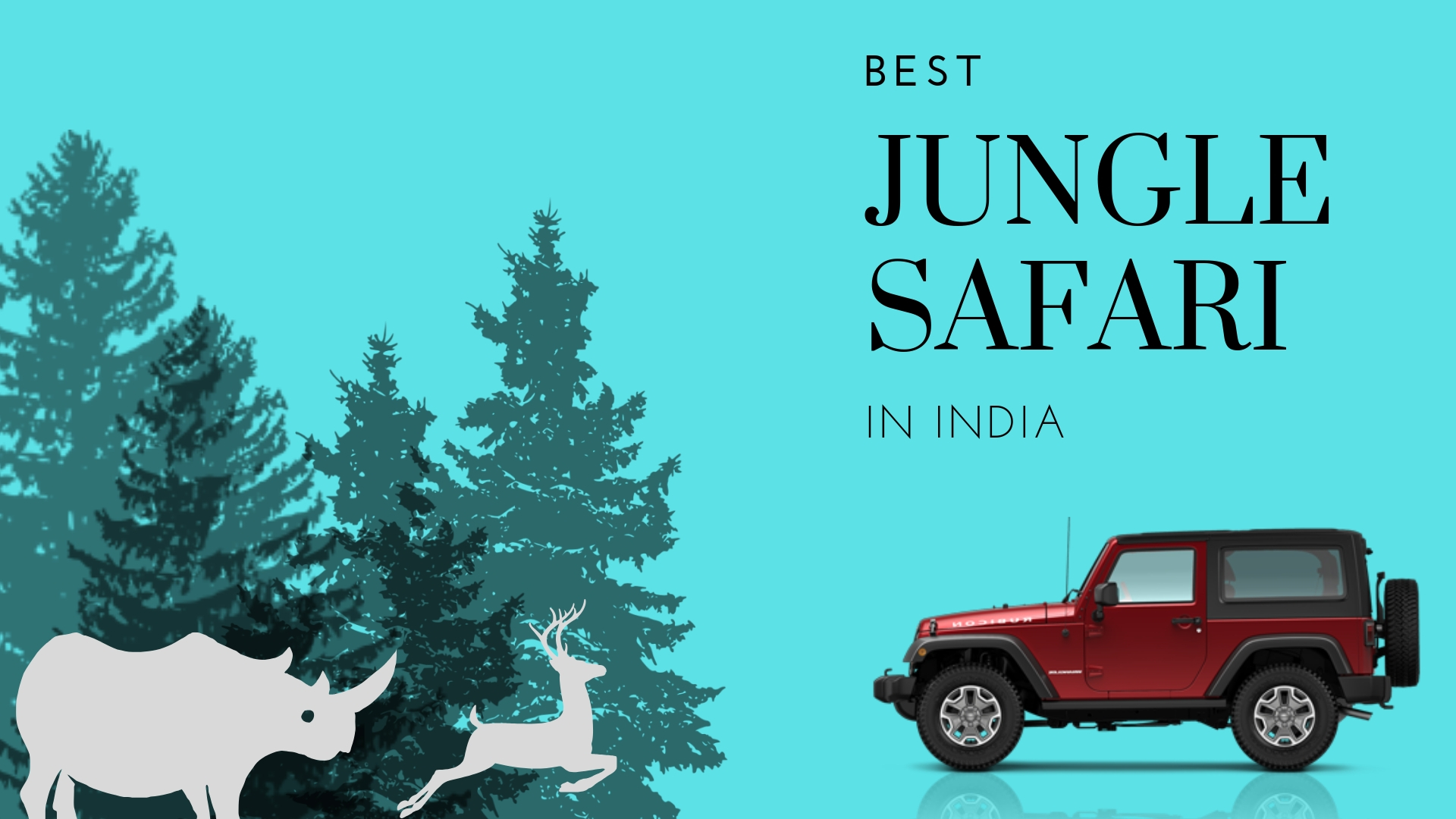An endangered wildlife species is threatened to become extinct within the foreseeable future. Generally, endangered species are those plants and animals that are in decline and may be on the verge of extinction. According to the International Union for Conservation of Nature (IUCN), about 40 percent of all the organisms are endangered. While some of the species are protected under the Endangered Species Act, and some are left behind due to lack of knowledge and environmental factors. There are many reasons for a species to become endangered that includes deforestation, over-hunting, habitat loss, environmental changes, diseases and pollution. Here are some reasons on why do species become endangered.
Some Species do not Reproduce very often
Some of the species do not conceive very often and when they do, they only conceive few offspring. On the other hand, some of the species take years to become sexually mature, resulting in reducing their opportunity to breed over their lifetime. Some of those become endangered due to their high genetic vulnerability. Animals like Jaguar maintain a low genetic assortment, which makes them vulnerable to adapt when faced with a challenge. This also makes them more vulnerable to diseases that lead to negative genetic mutations.
Deforestation and Overhunting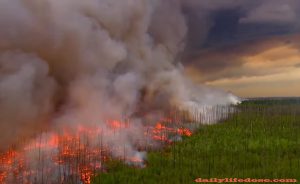
These two are the main culprits for a species to become endangered. Humans are selfish creatures, and there are many factual explanations about how humans have over harvested and over hunted a species. Most of these species are harvested for their medicinal properties both flora and fauna. Trees with strong barks are cut down for construction purposes, and animals are hunted down for sports. Habitat loss is another reason for a species to become extinct as many species are not that much adaptive to their new living conditions. The loss of their habitat is particularly challenging to their survival.
The curse of Pollution
Another cause where humans play an important role for a species to become endangered is pollution. Air pollution, water pollution, noise pollution, land pollution and so on, are the reason for those species to come under the category of endangered species. These living organisms are negatively impacted by pollution. Overuse of chemical fertilisers on lands makes the soil polluted resulting in plants finding it harder to grow. Pollution can harm species and sometimes even kills them.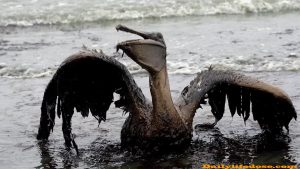
Rapid Growth of Population and Decreased Death Rates
Right now the population of humans on Earth is around 7 billion and is alarmingly rising due to low death rates and advancement in medical science. Thus, the human population is moving into the areas where wildlife lives. This human-wildlife conflict is another reason for species to become endangered. In many cases, animals are often killed when they enter the human territory. These wildlife populations have already been reduced due to loss of habitat and other issues. Rare species can easily become extinct in the face of hunting. The Great Bengal Tiger is an example of a rare species that was over-hunted to the point of extinction due to their skins, bones, as they are worth millions in the black market.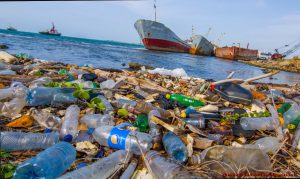
Despite these challenges, more than 190 countries around the world have signed an accord, agreeing to create Biodiversity Action Plans to protect these species.

